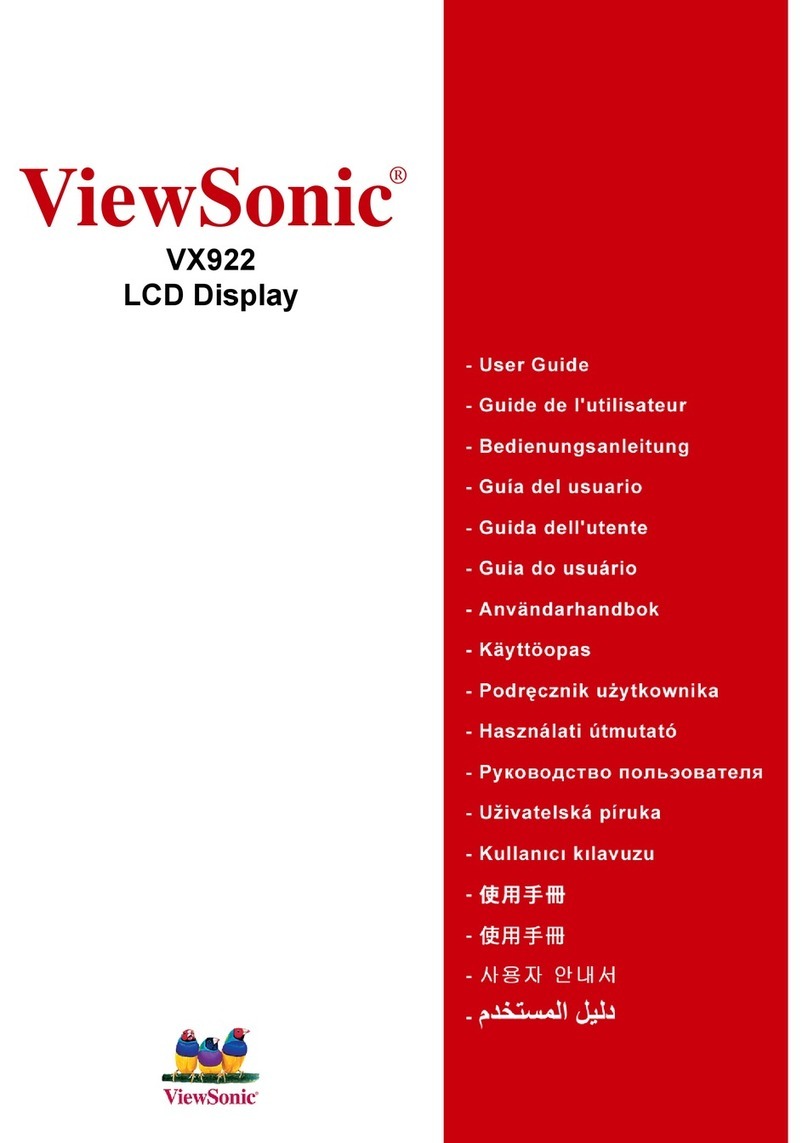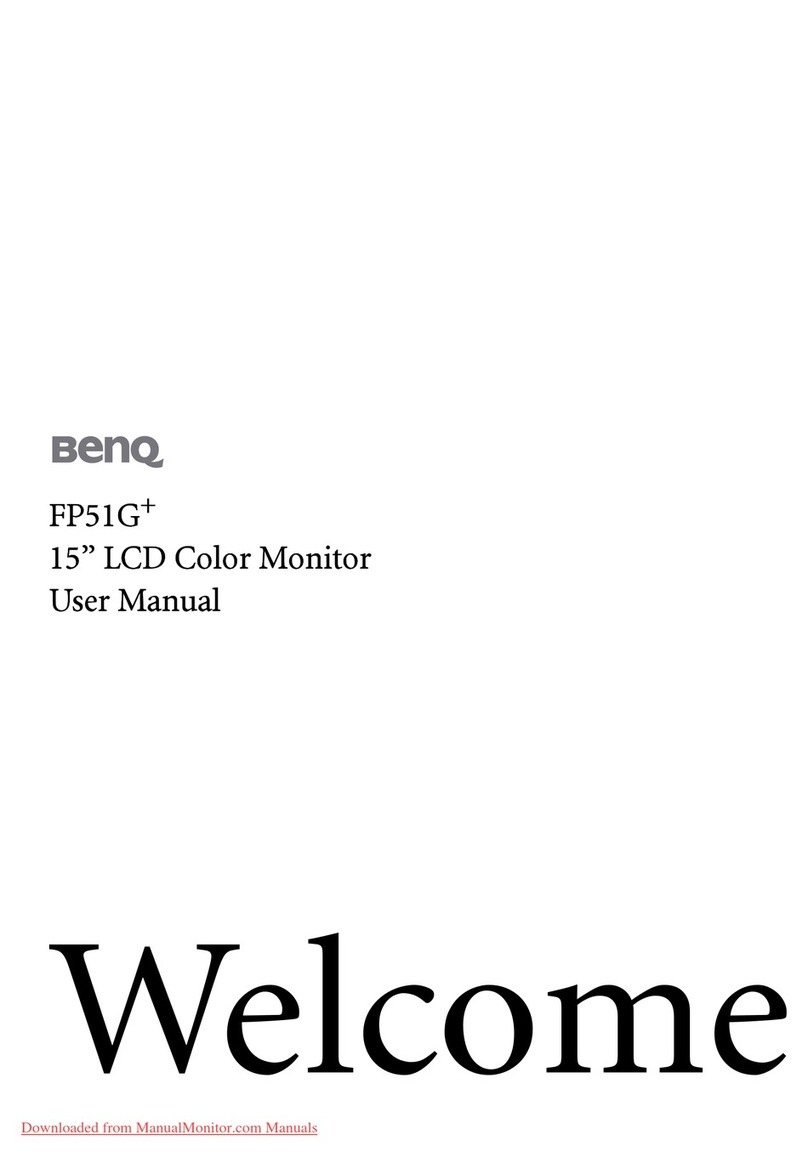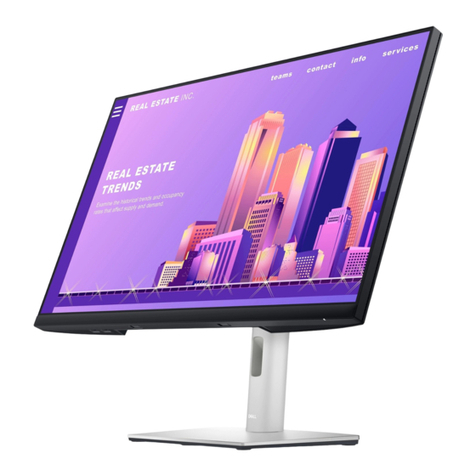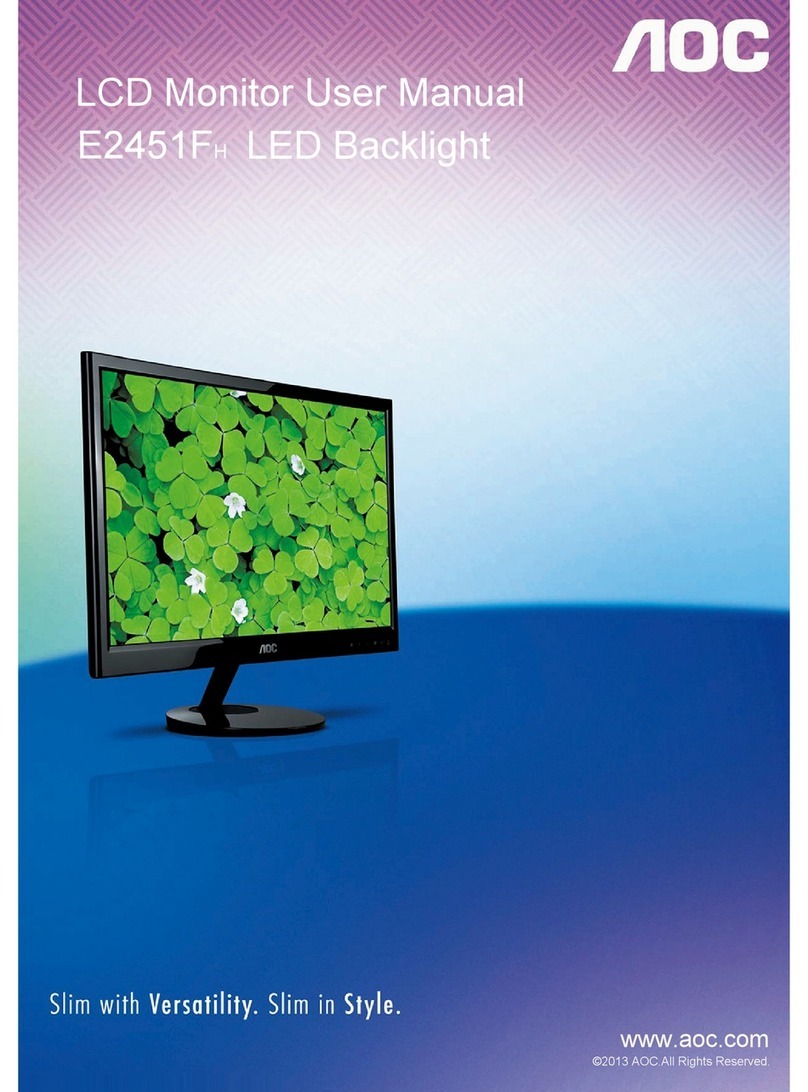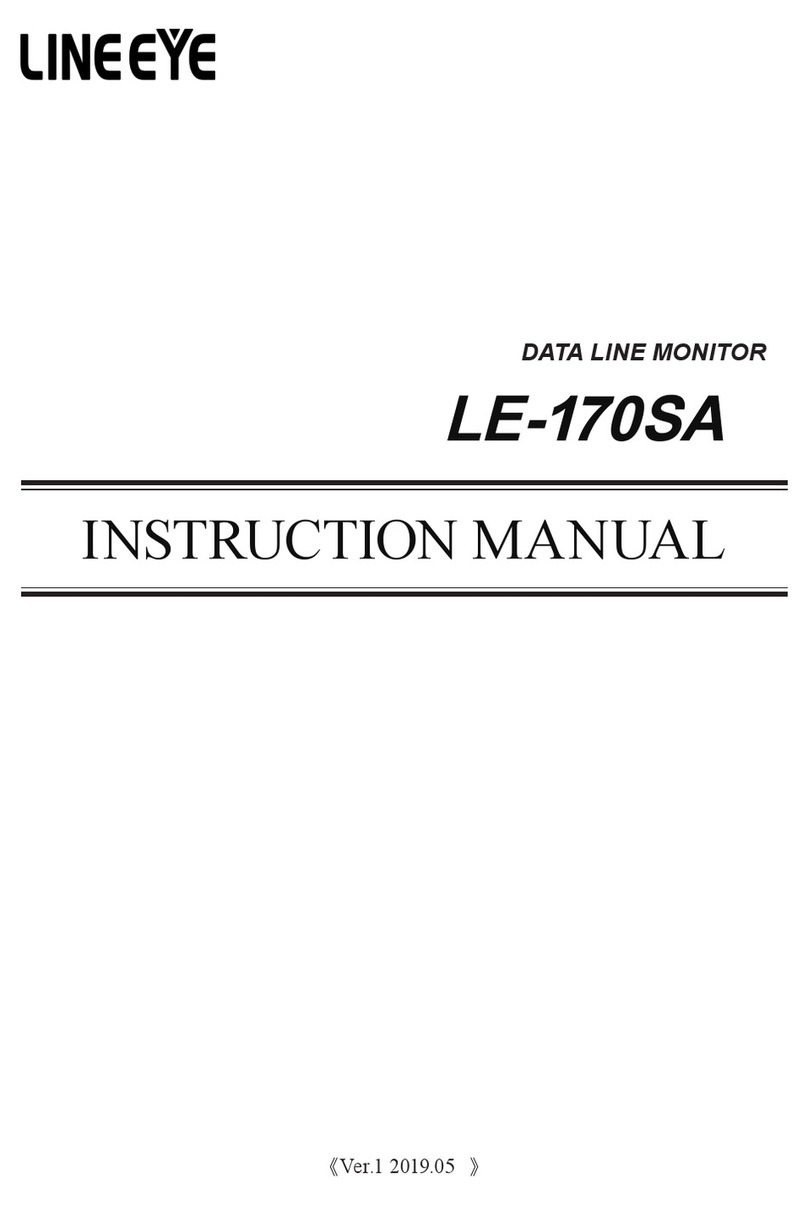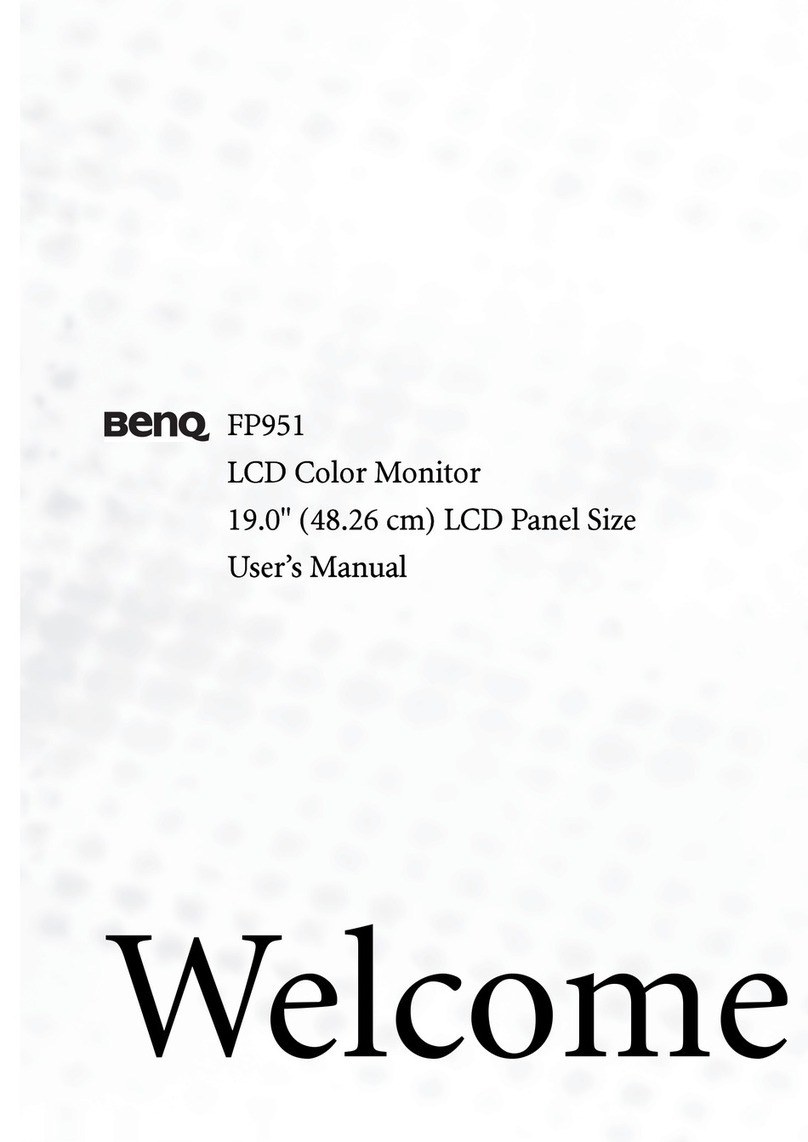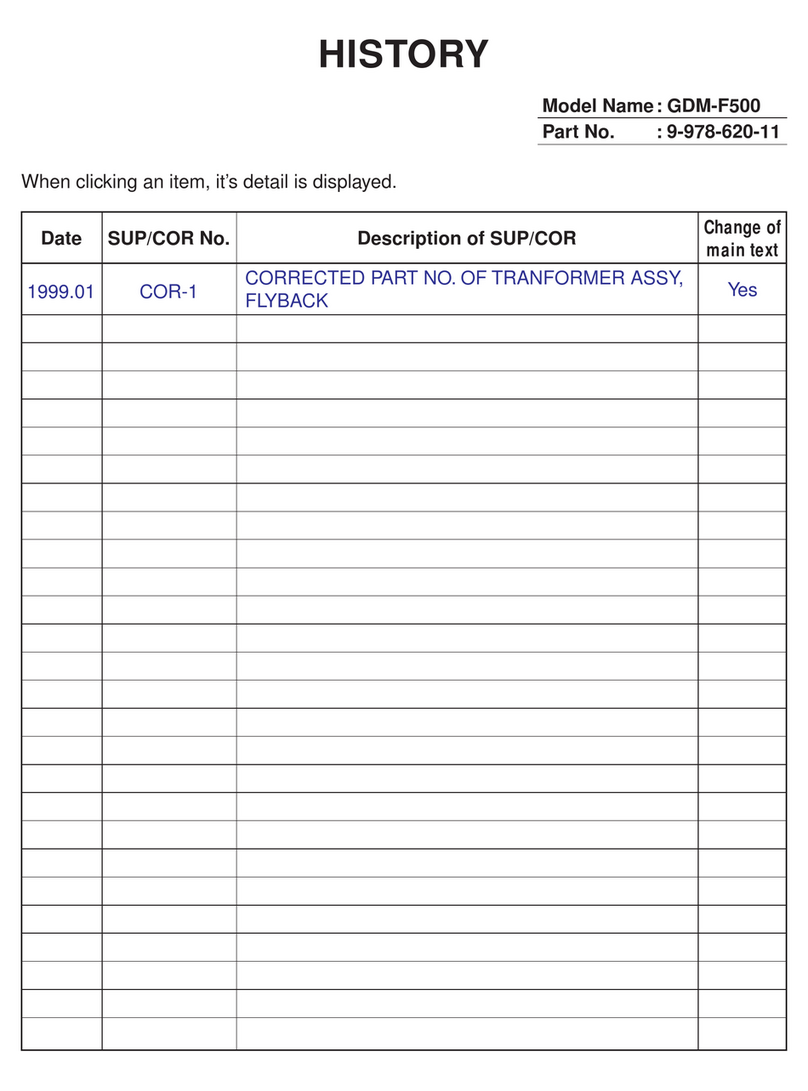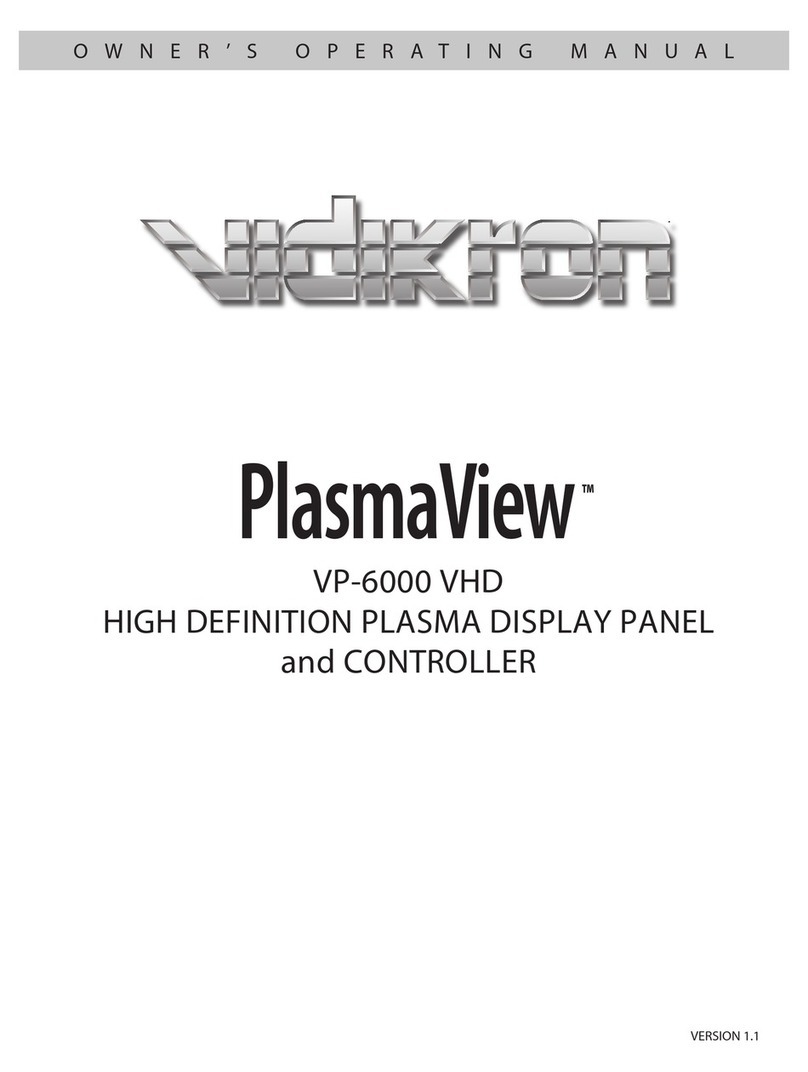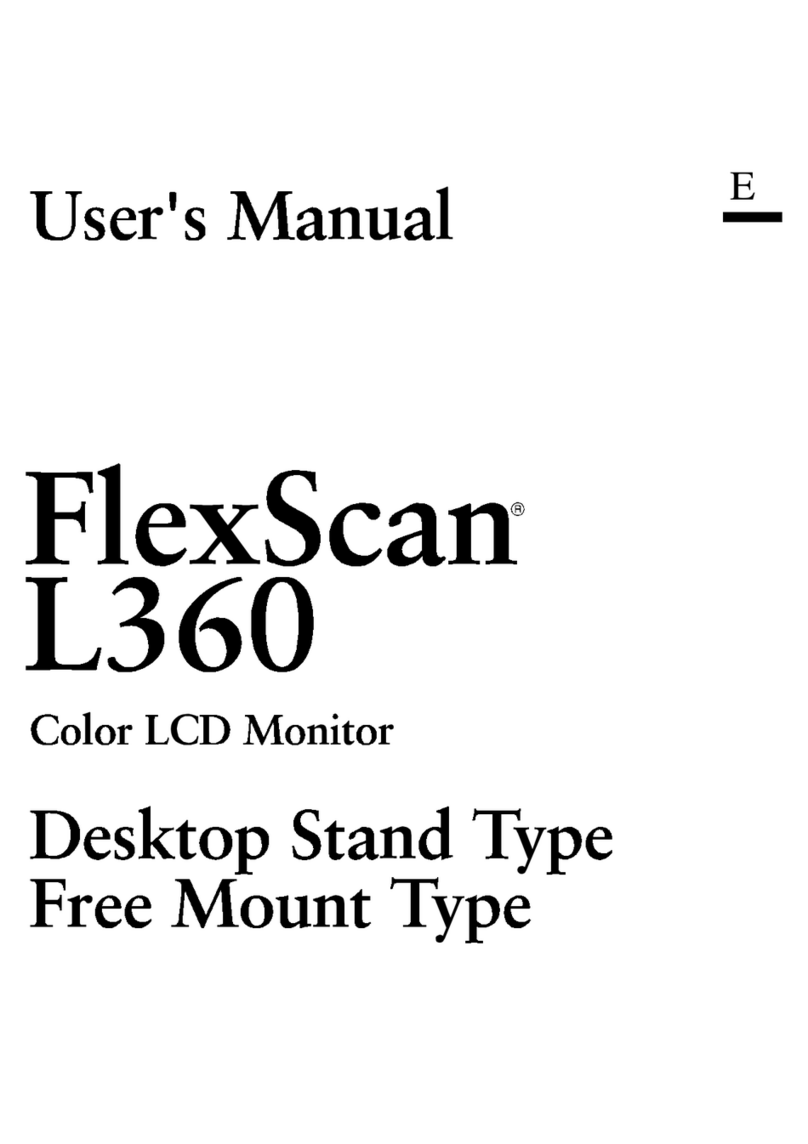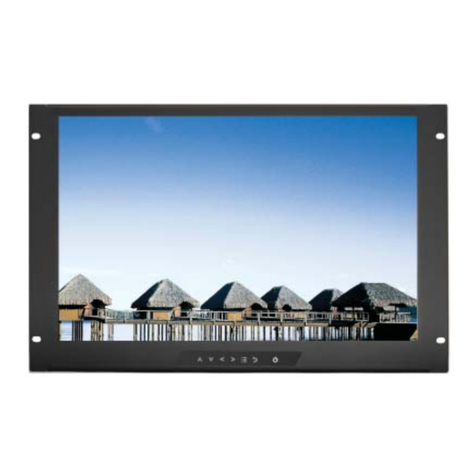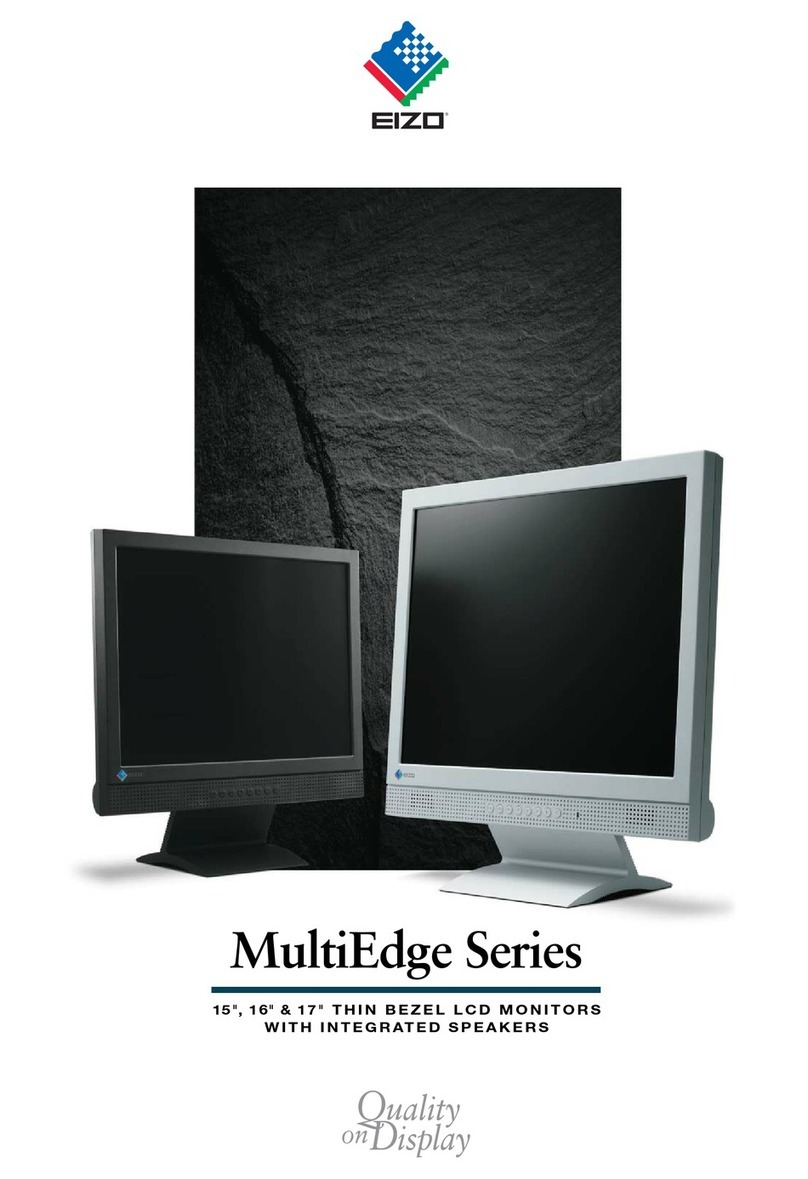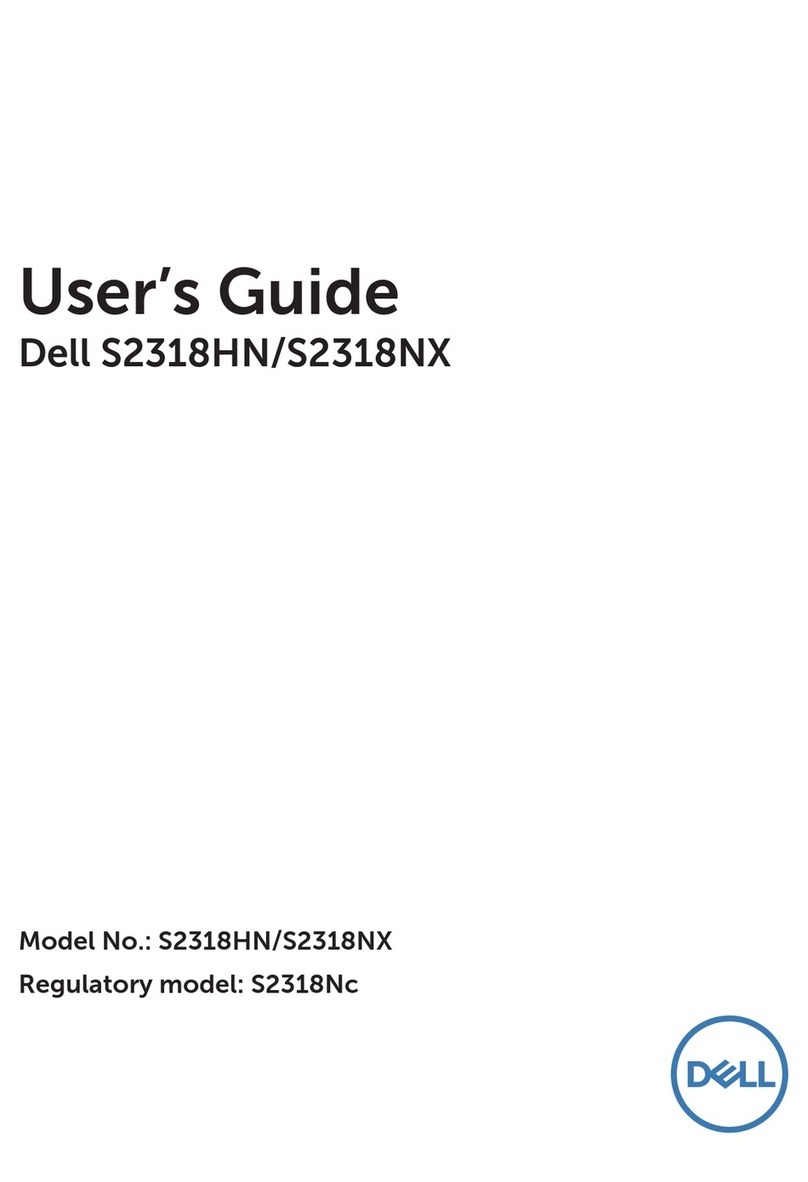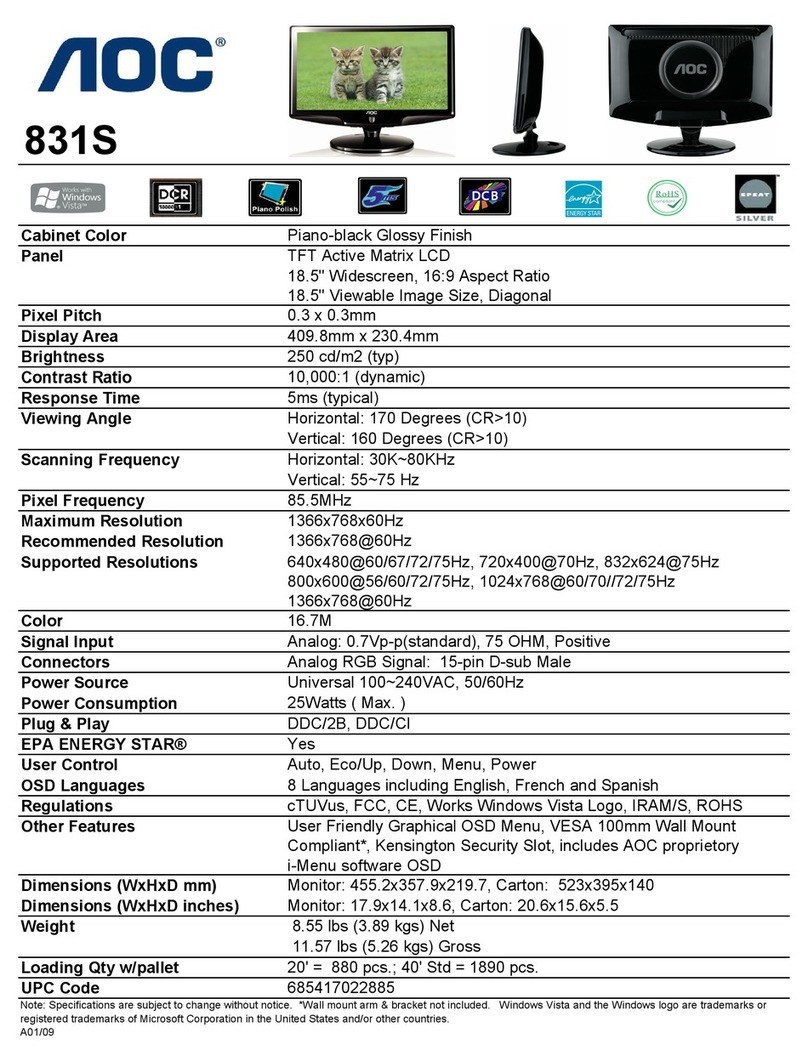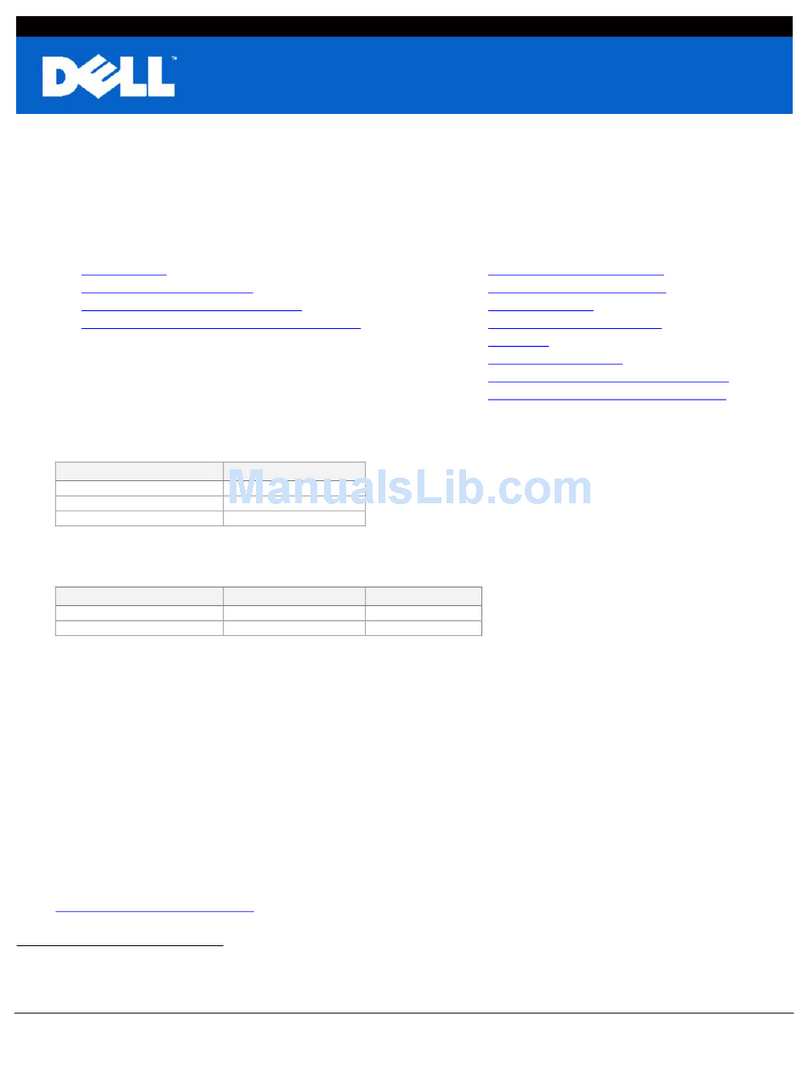GGM gastro Korsica LHN-1850 User manual

1
Keep for the entire life of the product
REFRIGERATING DISPLAY CASE
Korsica
LHN-1850, □
TKIMX21 □
TKIMX25 □
LHSn-1850 □
LHSn-2100 □
LHSn-2500 □
OPERATING MANUAL
ATTENTION!
READ AND UNDERSTAND THIS MANUAL BEFORE INSTALLATION AND
THE FIRST USE OF THE DEVICE. DEVICE’S SAFETY AND COMMERCIAL
IMPACT HIGHLY DEPEND ON FOLLOWING THE REQUIREMENTS STATED
IN THIS DOCUMENT.

2
INTRODUCTION
This Operating Manual (hereinafter Manual or RE), that also includes passport data,
applies to series of Corsica refrigerating display cases (hereinafter referred to as display
case or device). Data listed below provides information as well as guidelines for
consumers and maintenance specialists regarding:
−technical characteristics;
−manufacturer warranties;
−transportation and storage;
−installation, startup and operating the device (including maintenance and repairs),
disposal the above mentioned display case.
WARNING: THE MANUFACTURER BEARS NO RESPONSIBILITY FOR ANY
KIND OF DAMAGE, CAUSED BY IMPROPER OR ERRONEOUS USE OF THE
DISPLAY CASE, OR ANY OTHER ACTIONS THAT ARE NOT DIRECTLY SPECIFIED
IN THIS MANUAL.
1. GENERAL DATA
1. 1. Display case is used for demonstration,short-time storage and selling the pre-
cooled feed products and partially-cooked products, loaded in the refrigerated enclosure
and is designed to operate in trade and public catering enterprises.
1. 2. Display case allows for cold storage of the refrigerated enclosure chilled within
a set temperature range, specified in table 1 of section 2 of this Manual.
2-mode Corsica LHSn display case allows for readjustment of the temperature range.
1. 3. The device was manufactured in "Y" climatic category, location category 3
according to GOST 15150, and is used for operating in the temperature range from 12С
to 30and humidity range from 80% to 55% accordingly. The environment air humidity
exceeding the sets parameters, might cause condensated water on the external device
surface which does not constitute malfunction.
Climatic categories for the device –1(tco=16С / 80%), 2(tco=22С / 65%), 3
(tco=25С / 60%), 4 (tco=30С / 55%), according to GOST IEC 60335-2-89-2013.
1. 4. The device meets the requirements for safety and environment protections, listed
in the following technical regulations, adopted by Customs Union:
1. 5.Average total service life before reaching the limit state is no less than 12 years.

3
Limit state of a device is a state where frame deficiencies no longer allow to sustain
set temperature range on an acceptable level and economical losses caused by cost of the
repairs and idle time become comparable to the cost of a new device.
1. 6. The device can be transported by any types of transport, excluding air transport,
in a properly packed condition and meeting the transportation requirements, standing for
chosen type of transport. When transporting by means of an automobile transport, the
maximum allowed speed should not exceed 60 km/h (37m/h). Loading, boarding,
transportation, unloading should be executed carefully so as not to hit or push the device.
Packed device should be placed according to the markings on the label. Avoid tilting the
package.
1. 7. Store the device in a storage facility or under shed and in a shipping container
provided by the manufacturing company, and a storage temperature above minus 35°С and
humidity level under 80%. Storage conditions group 4 according to GOST 15150. Avoid
exposure to direct sunlight. Storage cannot exceed 6 months.
1. 8. The results of commissioning operations should be reflected in Commissioning
sheet
вfound in Appendix D. Copies of the sheet are to be sent to the distributor (dealer) and
the manufacturer in five days to register the start of the warranty date. In case the
consumer fails to send the sheets, the distributor (dealer) and manufacturer will have no
warranty liabilities.
WARNING: INSTALLATION, COMMISSIONING, TECHNICAL MAINTENANCE
AND REPAIRS SHOULD BE PERFORMED BY SPECIALISTS TECHNICIANS FROM A
SPECIALISED ORGANIZATION (SERVICE PROVIDER) IN A STRICT COMPLIANCE
WITH STANDING LABOR SAFETY STANDARDS. DO NOT MAKE ANY ALTERATIONS
IN THE PRODUCT DESIGN.
WARNING!
ВTHE DEVICE CONTAINS FLAMMABLE REFRIGERANT R-290!
DO NOT DAMAGE THE REFRIGERANT CIRCUIT!
1. 9. The manual does not reflect some minor manufacturer-introduced modifications
in the device.

4
2. TECHNICAL SPECIFICATIONS
2. 1. Technical specifications for display cases are reflected in table 1.
Table 1
Korsica
Name
LHN-
TKIM
TKIM
LHSn-
LHSn-
LHSn-
1850
X21
X25
1850
2100
2500
Refrigerated food display
1.2
1.4
1.7
1.2
1.4
1.7
area m2
Refrigerated volume, m3
0.5
0.7
0.9
0.5
0.7
0.9
Loading depth, mm
490
570
490
570
Usable refrigerated volume
temperature with environment
minus 18 … minus 24
0 …+2 / minus 18 …
temperature 25C and relative
minus 24
air humidity 60%, C
Allowable temperature raise for products,
stored in defrosting
3
refrigerated enclosure,
should not exceed оC
Equally distributed weigh pressure
20
put on racks, kg, maximum
Current type
alternating one-phase
Voltage, V
220
Frequency, Hz
50
Watt nominal, W
480
470
460
480
470
460
Amperage, A
4.4
4.3
4.2
4.4
4.3
4.2
Maximum nominal
31
35
42
31
35
42
lighting power, W
Corrected noise
58
power level, dBA, max
Refrigerant R-290 filling level, g
140
125
100
140
125
100
Dimensions, mm:
length
1850
2100
2500
1850
2100
2500
depth
850
850
850
850
850
850
height (with supports)
870
870
870
870
870
870
Maximum weight, kg
130
145
165
130
145
165

5
3. PACKAGE CONTENTS
3. 1. Package contents are as per table 2. Table 2.
Quantity, pcs.
Name
LHN-1850,
TKIMX21,
TKIMX25,
LHSn-1850
LHSn-2100
LHSn-2500
Display case
1
1
1
Display case operation manual
1
1
1
Racks:
6.540.002
−
2
2
6.540.003
−
−
1
6.540.003-01
−
−
1
6.540.004
−
1
1
6.540.005
−
1
1
6.540.006
3
4
5
6.540.007
−
1
−
6.540.007-01
−
1
−
6.540.008
2
−
−
6.540.009
1
−
−
6.540.009-01
1
−
−
6.540.010
1
−
−
6.540.012
1
−
−
6.540.014
2
4
5
6.540.015
2
1
1
Price-tag holder 7.116.808
6
−
−
Price-tag holder 7.116.808-01
−
6
−
Price-tag holder 7.116.808-02
−
−
6
Support 6.263.022
6
6
6
Threaded support 301319.008
6
6
6
Self-driving screw 5,5х19 with pressure pan
24
24
24
Backboard 6.193.002
1
−
−
Self-reaming tapping screw 4,2х19
6
−
−
4. PROOF OF ACCEPTANCE
Refrigerating display case Korsica _________________________________
Manufacturing №___________________________________, meets all technical
requirements of TY 28.25.13-001-07600499-2017 and is evaluated as suitable for
operation. The unit is packed with accordance with technical documentation.
The electric circuit rated for voltage of ~220V.
Release date _________________________________________________________
Compressor _____________________ № ______________________________
Refrigerant brand and volume ________________________________________
Chief Quality Inspector
___________________
___________________________
(Signature)
(Name of signatory)
Stamp

6
5. UNPACKING, ASSEMBLY AND PUTTING INTO OPERATION
5. 1. Inside the premise put the device on wooden pallet and transport it with the fork
lift or lift cart with carrying capacity equal of more than device's gross weight.
DO NOT MOVE THE DEVICE WITH A FORK LIFT TO AVOID DAMAGING THE
REFRIGERATING AND ELECTRICAL SYSTEMS!
5. 2. Carefully release the device out of the package, so as not to allow any
mechanical damage to any of its elements.
5. 3. Take all the documents and additional parts and components from inside the
package. Read and understand the documentation for the device. Make sure no parts have
sustained damage.
5. 4. Do not install the device closer than two meters from heating units, under direct
sunlight, air drafts, caused by opening doors, windows or artificial climate (creating air
flows stronger than 0.2m/s) or in premises with humidity level violating the limits set in
article 1.3. of this manual! Neglecting these recommendations may lower the device's
performance or cause a breakdown, not covered by warranty.
5. 5. Take the device off the wooden pallet, removing the fastening bolts. When
defrosting the device, calibrate the supports to put it into stable horizontal position for
optimal condensate draining.
I m p o r t a n t –if the device was tilted by more than 15о, do not power up the
device for a day's time to avoid the oil from compressor crankcase spilling into suction
intake, which may result in device's failure.
5. 6. Wash the inner and outer surfaces with neutral detergent, then clean warm water
and dry it with soft cloth.
5. In case of the device being stored or transported in the temperature lower than
12оС, connect the device to the power grid after additional storage in the temperature
higher than +12оС for 12 hours minimum.
I m p o r t a n t –do not connect cold device to power grid. This may cause
compressor jam and put the device out of order.
5. 8. Check the following conditions before commissioning:
—check the integrity of the refrigerating system;
—melt water (condensate) removal system from the evaporator, that consists of
drainage and water storage tank.

7
6. GRID CONNECTION SAFETY MEASURES
6. 1. The electric equipment meets the standing requirements for safety set forth
technical regulations, adopted by Customs Union.
6. 2. Supply voltage range should not deviate from minus 10% to plus 10% from its
nominal figure, provided in table 1 of section 2 in this Manual. For permitted current
frequency swings refer to GOST 32144.
I m p o r t a n t: if power supply voltage swings exceed the allowed norms, it is
recommended to power the device with a voltage monitor or regulator. Failure to follow
these recommendations may result in a breakdown, not covered by warranty.
6. 3. Device has two power cords with grounding contact, attached to the device
through Y-method.
Cord with black isolation serves to power the lighting.
6. 4. Connect the device to the power grid (pic. 1) via automatic electromagnetic
protection shutoff and differential switch (GFI). Choose an automatic shutoff with the
closest highest figure of the pickup setting in mind. Choose the differential trigger,
keeping in mind the nominal current, that should be higher than the nominal current of the
automatic shutoff, and that shutting off differential current should equal to 30mA.
Pic. 1 Connection diagram
device
QF –automatic trigger
QD –differential trigger
XS –“EURO” outlet
XP “EURO” plug
50Гц –50Hz
220B –220V
WARNING: THE DEVICE SHOULD BE CONNECTED TO A POWER GRID THAT
HAS A GROUNDING CIRCUIT.
DO NOT USE THE DEVICE WITH INCORRECT OR NO GROUNDING, WITH NO
AUTOMATIC SHUTOFF AND CIRCUIT BREAKER, FAULTY OR REMOVED
CONTROL EQUIPMENT, INSUFFICIENT WIRING INSULATION, OPENED OR
REMOVED SHIELDING, OR HAS THE DETAILS WITH SHARP EDGES OR DAMAGED
DETAILS. DO NOT CONNECT THE DEVICE VIA EXTENSION CORD.
WARNING! AFTER TURNING THE POWER OFF, WAIT FOR 5 MINUTES BEFORE
POWERING THE DEVICE AGAIN.

8
7. OPERATION AND MAINTENANCE
MANUAL
7. 1. Following the operating rules and requirements set forth in this manual will
increase the life and safety of the device.
7. 2. After checking technical specifications and electrical safety of the device,
connect it to the power grid, following the rules above. Compressor with start in a few
seconds. After the temperature in the refrigerated enclosure has reached the set parameter,
the compressor will start working in cycles.
Pic. 2 Control panel
Controller (3) serves to automatically maintain set temperature level in the
refrigerated enclosure and control the evaporator defrosting process. Manufacturers setting
provide the optimal performance of the device. Changing setting must be conducted by a
qualified technical personnel of the service provider, and in accordance with the
controller manual.
Instructions on changing the controller settings are specified in Appendix C (for 2-
mode LHSn displace cases only).
The switch (2) turns the compressor on and off.
The switch (2) turns the lightning on and off.
WARNING! DO NOT USE ANY TOOLS OR OTHER MEANS TO SPEED UP THE
DEFROSTING!
I m p o r t a n t —if your region suffers from frequent outages, this might cause the
controller work erratically and lead to ice buildup on the evaporator. To prevent the
wrong temperature conditions, disconnect the device from the power grid (wall outlet) to
let the evaporator defrost. If the outages are too frequent, ask the service provider
technician to change the settings so that new cycle started with defrosting.
7. 3. Basic circuit diagram is shown in Appendix B.
7. 4. Before filing the refrigerated enclosure with products, connect the device into
the power grid and wait for the temperature to reach the set parameter.
7. 5. Put already adequately cooled items on the shelves-racks, but do not overload
them. Conditions for normal air circulation:
—leave a gap (30mm minimum) between the items, do
not obstruct the air-ducts;

9
‒leave a gap (30mm minimum) between the items and side walls;
‒do not pile up the items higher than the loading line;
WARNING! DO NOT OBSTRUCT THE VENTILATIONS OPENINGS ON THE
DISPLAY FRAME!
Failure to follow these rules inhibits air circulation, lowers operation characteristics
of the device which might spoil the food items.
Notes
1. Keep the slide-doors free of any items.
When loading the device, do not open both slide-doors at the same time, load the
items through one door at the time, try to minimize the time the doors are opened.
2. Compressor works in cycles and turns upon reaching set temperature. Upon the
temperature rising by 2-3оС, it will turn on again. Air temperature inside the
refrigerated enclosure might rise and fall briefly and deviate from the data shown on the
controller which is normal.
Violating the recommendations, set forth in article 1.3 of this Manual might lead to
the glass doors fogging.
DO NOT STORE EXPLOSIVE ITEMS, SUCH AS AEROSOL SPRAYS WITH
INFLAMMABLE LIQUIDS.
7. 6. Operating device can only be done by enterprise employees, medically
examined, instructed on safety measures, skilled in operating the device in accordance
with this Manual.
7. 7. Personnel in the facility, where the device is places, must perform the following
maintenance, not requiring special tools and dismantling:
–to observe the temperature in the refrigerated enclosure;
–to observe the condition of the device and its load;
—to clean (wash) the inner surfaces and removable parts after disconnecting the
device from the power grid (wall outlet), wish a neutral detergent, then clean warm water
and dry it with soft cloth. When re-attach the removable parts and leave the device with
the slide-doors opened so that the device could dry. How often —at least once every two
weeks;
—to clean (wash) the outer surfaces and removable parts after disconnecting the
device from the power grid (wall outlet), wish a neutral detergent, then clean warm water
and dry it with soft cloth. How often —at least once per weeks.
Upon noticing any abnormal performance, or if the inside temperature raises above
acceptable limits, disconnect the device from the power source (wall outlet), remove the
stored items to prevent their spoilage, and call for a technical specialist.

10
7. 8. To maintain stable and reliable performance, service provider must conduct a
monthly maintenance.
A maintenance manager is appointed by the head of the enterprise.
7. 9. Maintenance procedures include the following processes:
a) examine the device for its technical condition and completeness;
b) check the grounding, it's components and connections, contact resistance
between the grounding clamp and accessible metallic parts if the display case which
should not exceed 0,1 Ohm;
c) Check the lighting;
d) check the performance of automatic defrosting of the evaporator and
condensate draining.
e) clean the condenser from dust and dirt; f) check the integrity of the
refrigerating system, g) check that the leak current is below 3,5mA.
When performing steps a, b, c, d, e disconnect the device from the power grid (wall
outlet).
DO NOT USE THE REFRIGERANT OTHER THAN ONE SPECIFIED IN THE
MANUAL.
Maintenance procedures should be reflected in table 3, section 9 of this Manual.
If the power cable is damaged, or lighting equipment falls out of order, call for a
specialist technician from the service provider.
WARNING! DO NOT USE ANY ELECTRIC EQUIPMENT INSIDE THE DISPLAY-
CASE EXCEPT THOSE RECOMMENDED BY THE MANUFACTURER.
7. 10. The list of possible malfunctions and means to eliminate them are set forth in
table 4, section 10.
8. DISPOSAL
8. 1. After the expiration of the terms of service, the device should be taken out of
service and the one of the following decisions should be made: disposal, repairing,
checking the condition and calculating a new term of service.
8. 2. The device should be disposed of in accordance with the local and
environmental law. Remove the refrigerant and oil from the device before moving it to
waste disposal site. Disposing of thermal isolation (polyurethane foam) through burning is
expressly prohibited and, instead buried on a special waste site at least 2 meters deep.
8. 3. DO NOT RELEASE THE REFRIGERANT IN THE ENVIRONMENT DURING
THE OPERATING, REPAIRING AND DISPOSING OF THE DEVICE.
8. 4. DO NOT DUMP THE OIL INTO THE GROUND, WATER OR HOLDING
POND ETC.

11
9. MAINTENANCE RECORD
WARNING: INSTALLATION, COMMISSIONING, TECHNICAL MAINTENANCE AND REPAIRS
SHOULD BE PERFORMED BY SPECIALISTS TECHNICIANS FROM A SPECIALISED
ORGANIZATION (SERVICE PROVIDER) IN A STRICT COMPLIANCE WITH STANDING LABOR
SAFETY STANDARDS. DO NOT MAKE ANY ALTERATIONS IN THE PRODUCT DESIGN.
WARNING!
ВTHE DEVICE CONTAINS FLAMMABLE REFRIGERANT R-290!
DO NOT DAMAGE THE REFRIGERANT CIRCUIT!
Table 3.
Position, name and signature
Date Type of maintenance Performed Accepted
by by

12
10. LIST OF POSSIBLE MALFUNCTIONS AND FIXES
Table 4.
Defect name, external and other signs
Probable reason
How to fix
1. Device is connected to the power
grid but not working.
1.1. Controller display is dark.
No power in the wall outlet.
Check the voltage in the wall
outlet.
No contact between the wall outlet
and the plug.
Enable a contact between the plug
and the wall outlet.
Controller is switched off.
Switch on the controller.
1.2. Error message in the controller
display.
Weak connection between the
controller and the sensor.
Enable a stable connection.
Controller sensor is out of order.
Replace the sensor.
1.3. Chaotic symbols and lines on the
controller display.
Controller
is out of order is out of order.
Replace the controller.
2. Compressor does not start.
2.1. No power on compressor
terminal block:
Break in electrical circuit.
Check the feed circuit and fix the
connection.
2.2. The device keeps working when
positively closing contacts on the
magnetic starter.
Magnetic starter coil has burned.
Replace the magnetic starter.
Control-circuit interruption.
Fix the control-circuit interruption.
2.3. Bridges are installed on startup
protection relay but the compressor
keeps working.
Startup protection relay is
malfunctioning.
Replace the startup protection
relay.
2.4. Automatic fan circuit cutout
triggers. Megohmmeter shows short-
circuit between compressor engine
phases.
Electric engine shorting.
Replace the compressor.
2.5. Automatic fan circuit cutout
triggers. Megohmmeter shows short-
circuit between electric fan engine
phases.
Electric fan engine shorting.
Check the fan engine cable
condition. If there is no shorting in
the cable, replace the fan engine.
3. Startup protection relay triggers
after 3-5 seconds after switching on.
3.1. Starting condenser is breached.
Replace the condenser.
3.2. Megohmmeter shows winding
short-circuit on compressor frame.
Electric engine winding short
circuits to frame.
Test equipment for continuity. If
compressor is damaged, replace it.
3.3. Megohmmeter shows short-
circuit between starting and operating
winding when connector blocks are
removed.
Interwinding short circuit in the
electric compressor engine.
Disassemble terminal block and
test the output for continuity to
discover any shorting. If
compressor is damaged, replace it.
3.4. Fan is on, compressor
is off.
Compressor engine winding is
broken.
Measure engine winding output
resistance. If the winding is
broken, replace the compressor.
3.5. Fan is on, compressor is off.
Compressor stator feed-through
receives normal voltage. Compressor
engine humming.
Compressor jams.
Replace the compressor.
4. Compressor shuts down after a
short while.
4.1. Compressor thermal
protection triggers.
Condenser fan engine does not
work.
Check the contacts. Replace the
condenser fan engine.

13
Compressor interfin space clogged
up.
Clean the condenser.
Weak fan blades tightening on
shaft.
Tighten the fan blades.
Hot condenser entrance.
Air temperature at the condenser
entrance should not be warmer
than the environment temperature
by more than 2°С.
Air cannot access the condenser.
Allow the air access to the
condenser.
Non-condensable gases (air) in the
system.
Install a manometer on the liquid
line. If condensing pressure rises
(condensing pressure should be
equal to that of the incoming air
plus 10-12K), refill the system
with the refrigerant.
The volume of the refrigerant is
higher than normal.
Remove excess refrigerant.
4.2. Compressor thermal protection
triggers, increased power
consumption, lower winding
resistance.
Compressor engine turn-to-turn
short circuit.
Replace the compressor.
4.3. Controller settings have failed.
Reconfigure controller as per
settings table.
5. Increased temperature in the
refrigerated enclosure, compressor is
working.
5.1. Evaporator freezes-up.
Large frost deposit in the
evaporator. Automatic defrosting
system is malfunctioning.
Check the contacts, defrost heaters
(if installed), controller and its
setup.
Replace defective nodes.
The device is loaded with warm
products.
Defrost the evaporator. Load the
device with cooled products.
No space between the loaded
products and the enclosure.
Make space between the loaded
products and the enclosure.
Air cooler fan does not work (if
installed).
Check the contacts. Replace the
faulty fan engine.
5.2. Evaporator partially freezes-up,
the temperature inside
the device rises.
Dehydrating filter is partially
clogged up. Dehydrating filter
frame is overcooled.
Replace the dehydrating filter.
Partial refrigerant leak.
Locate and fix the leak spot and
pour additional refrigerant into the
system.
5.3. Evaporator does not freeze up,
compressor work non-stop.
No refrigerant in the system.
Locate and fix the leak spot. Drain
the system. Refill the device with
the refrigerant.
Freezing moisture in the throttling
device. After switching off the
throttling device for 3-4 hours, or
heating the throttling device at the
evaporator entrance, the systems
works as intended. After switching
compressor, the refrigerant babbles
in the spot where capillary tube
enters the evaporator.
Dehydrate the system with the
technological dehydrating filter.
Vacuum the refrigerating system
before refilling it. If this does not
solve the problem, replace the
compressor.

14
Capillary tube clogged up. After
switching compressor, the
refrigerant does not babble at the
evaporator entrance. Thermal
cutout switches off the
compressor.
Replace the dehydrating filter, cut
50mm of capillary tube on the
dehydration filter side. Is this does
not fix the defect, replace the
capillary tube.
Dehydrating filter is fully clogged
up. Increased power consumption.
Cold condenser.
Replace the dehydrating filter.
6. Increased noise level and
rattling.
Device is in unstable position.
Calibrate the position
of the device.
Pipelines touch the frame and each
other.
Distance the pipelines, carefully
banding them in the touch area.

15
11. MANUFACTURER WARRANTY
11. 1. Warranty period is 12 months from the date of selling the device, but not
longer than 18 months from the manufacturing day.
11. 2. During the warranty period, service providers will perform all diagnostics and
replacing defective components.
11. 3. Warranty is valid during maintenance. Warranty liabilities do not include
maintenance during the warranty period. Maintenance is a paid service, provided by
service provider.
11. 4. During the stage of testing and commissioning the Buyer shall sign a technical
service agreement with the service provider.
11. 5. Warranty liabilities are valid with the following documents:
–Device manual;
–Commissioning sheet;
–Technical service agreement with the service provider.
–Both Buyer and service provider representative shall sign the sheets and verify with
stamps.
11. 6. Warranty liabilities become null in the following cases:
–device operation violates the requirements in the Manual;
–components and joins have sustained damage during improper transportation,
loading-unloading operation, storing, testing and commissioning and
operation;
–device has sustained damage caused by incorrect connection, setup, abnormal
operation or in conditions that were not specified by manufacturer;
–damage is caused by abnormal voltage fluctuations;

16
−damage is caused by fire, lightning strike, flood or other natural calamities;
−altered product design or accessories, or unauthorized repairs;
−device has sustained mechanical damage or has traces of chemicals;
–device was operated in violation with article 1.3 of this Manual.
11. 7. Warranty liabilities do not cover glass details, light sources and
expendable/consumable materials.
11. 8. If the device was delivered to buyer not on manufacturer's transport, no claims
on quality and missing components will be accepted.
11. 9. Manufacturer does not give any warranty on compatibility on compatibility
between acquired equipment and the Buyer's equipment. Manufacturer will not be
obligated to accept the returned effective unit, if it is for any reason unfit for Buyer.
11. 10. If the qualified personnel from the manufacturing facility or other
organization, authorized to perform maintenance, discover that malfunctioning was caused
by the Buyer's actions, the Buyer will take on the responsibility to reimburse all expenses,
incurred by providing the qualified personnel. The responsibility to present the evidence of
guild lies on the Buyer.
11. 11. In case of the Buyer's neglect to observe the above-mentioned articles, the
manufacturer will have the right to immediately interrupt the warranty without further
notice.
11. 12. This warranty does not infringe upon the consumer's right, granted by
legislation. Upon warranty date expiration, manufacturer bears no responsibility for the
sold goods.

17
APPENDIX A
Korsica display case, general view
1. Display frame. 2. Bumpers. 3. Slide-doors. 4. Support. 5. Compressor. 6. Evaporator. 7. Control panel. 17

18
APPENDIX B
Korsica
Basic circuit diagram
A1 − compressing-condensing unit; А2 − controller; EK − heating conductor for
water draining; EL –diode light; SA1 − device switch; SA2 − light switch; RK1, RK2 –
temperature sensor; U − power
source for diode light; XP − power cord with a plug; Y–solenoid valve.

19
APPENDIX C
Changing controller settings to medium temperature mode
To change the settings to medium temperature mode press SET button (1) for one
second, until the set temperature starts blinking.
Change the parameter with UP and DOWN buttons (2) to desired value:
-for medium temperature mode —0
-for low temperature mode —minus 20 (minus 24)
Press SET (1) to confirm new settings.
This manual suits for next models
5
Table of contents
